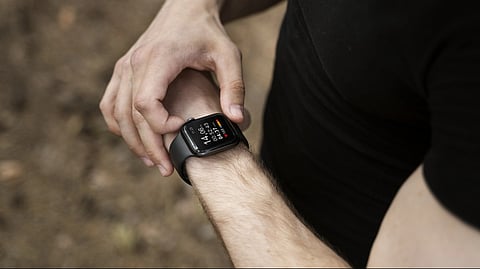Implications for Preventive Healthcare
Wearable health devices are increasingly incorporated into preventive health strategies. Continuous heart rate and activity data may help users notice deviations from their usual baseline. However, clinical evaluation remains necessary to confirm diagnosis and guide treatment. These tools are most effective when used as part of shared decision-making between patients and healthcare professionals.
The expanding integration of wearable metrics, heart rate, blood oxygen, sleep patterns, and in future, blood pressure trends, represents a growing bridge between consumer wellness devices and formal healthcare systems. As reported earlier, this convergence is shaping a future where early cardiovascular and metabolic risk detection becomes routine, data-driven, and personalized.


